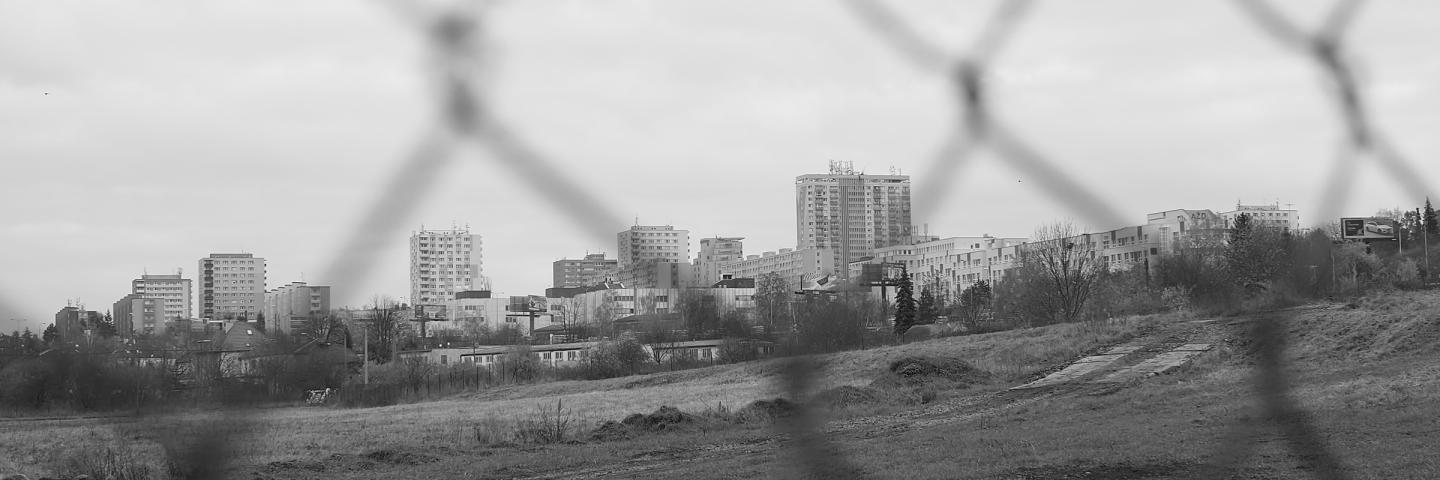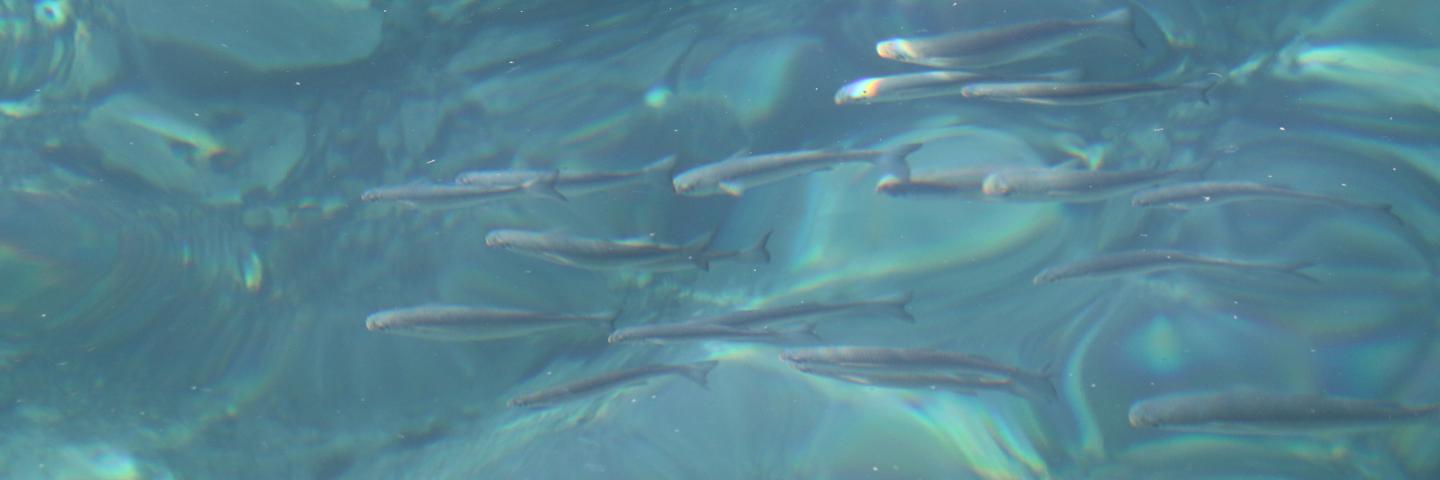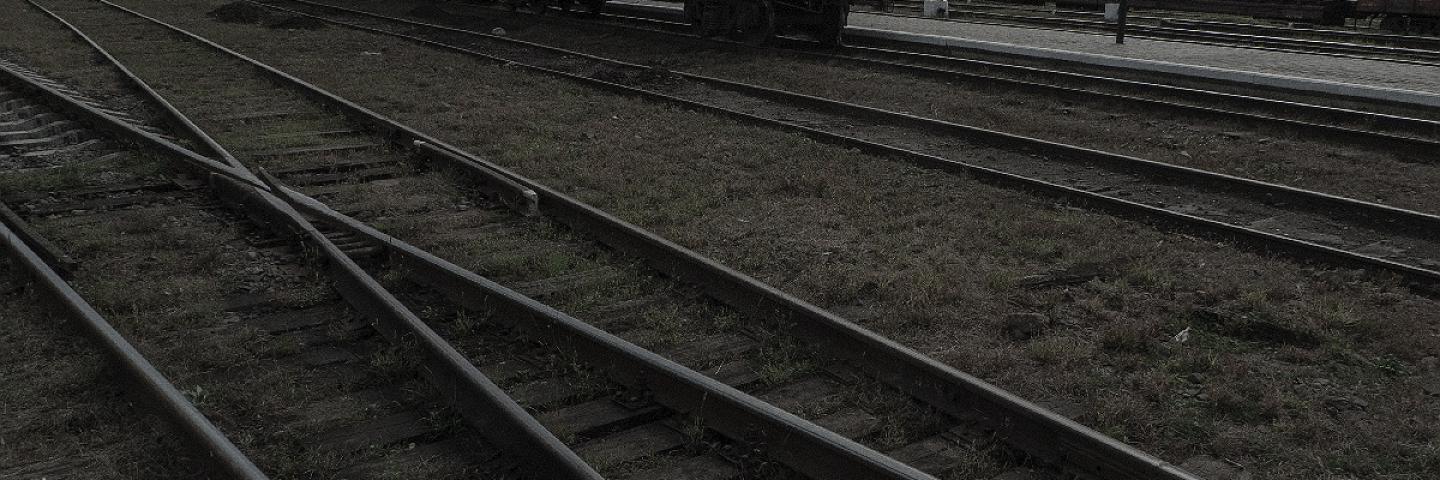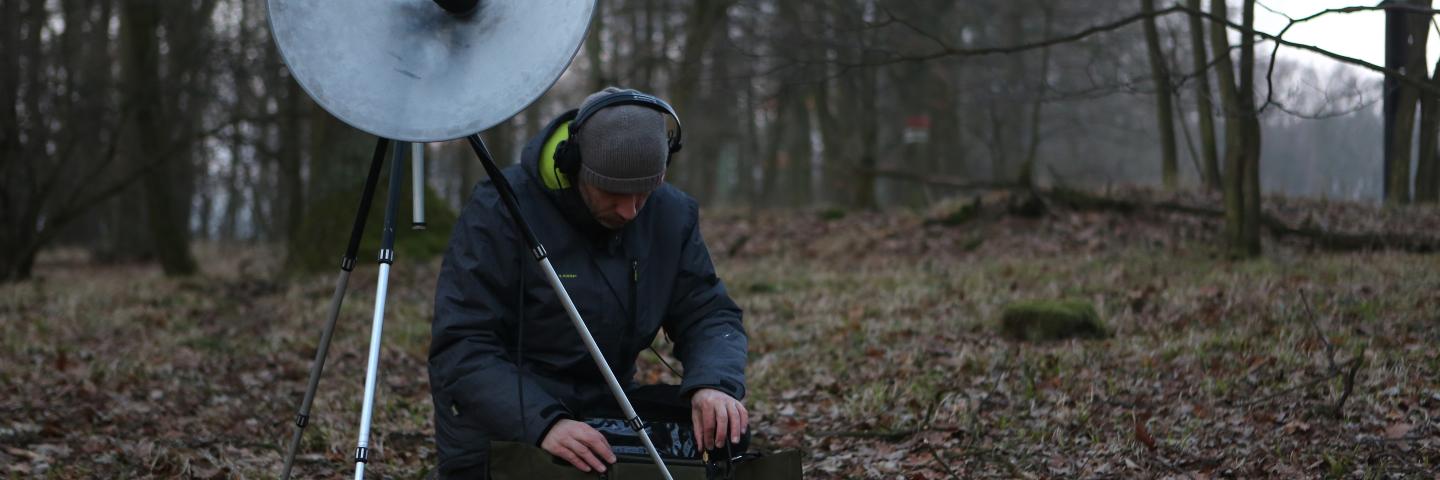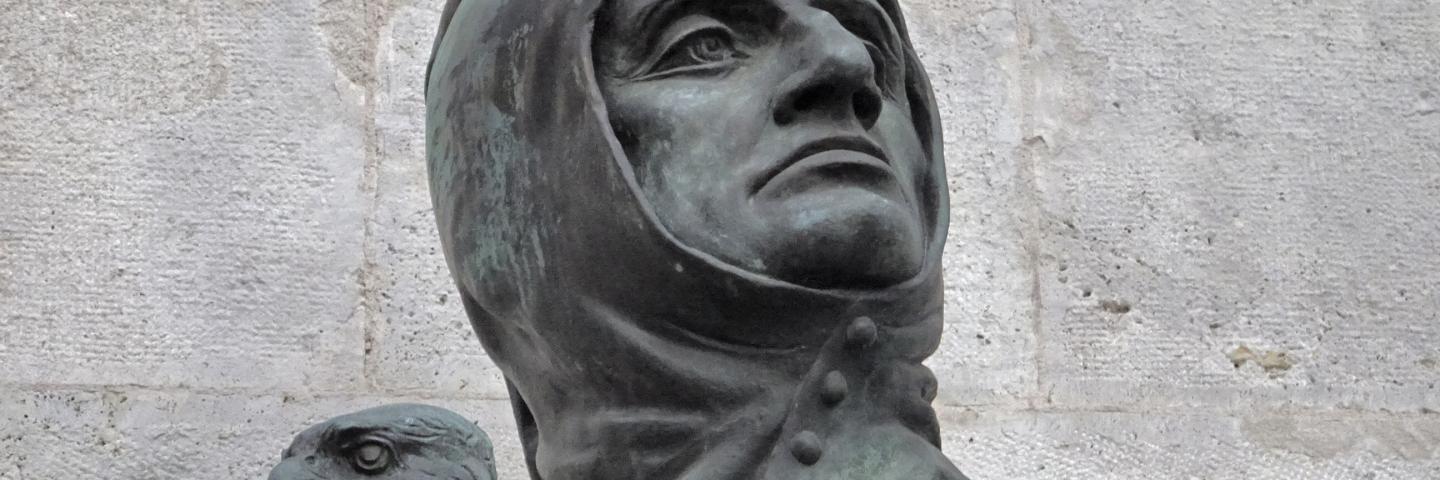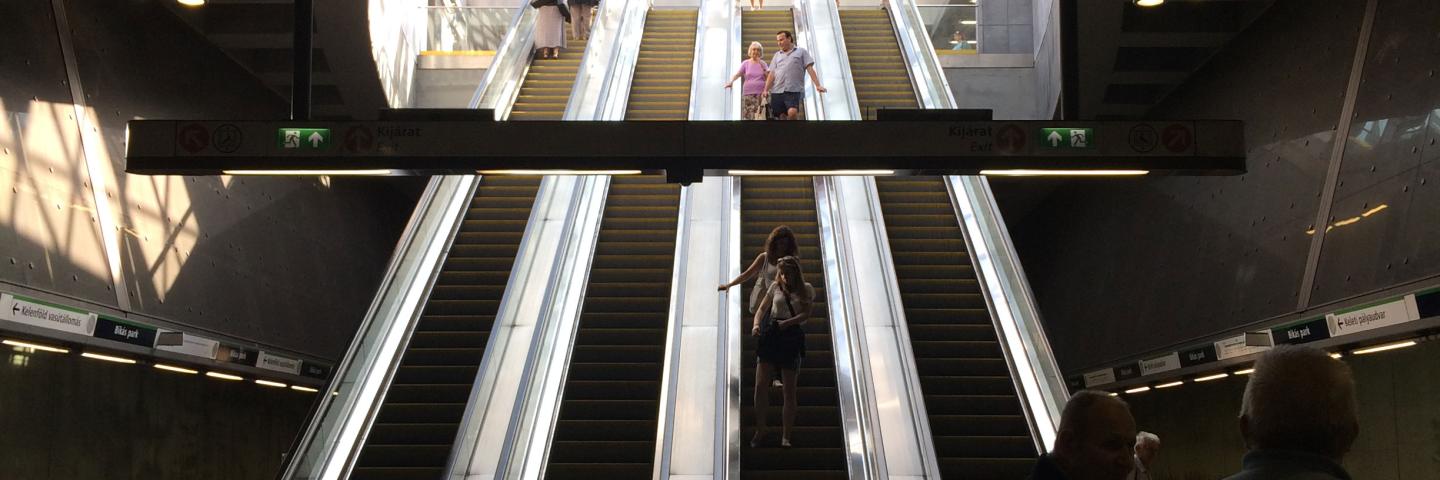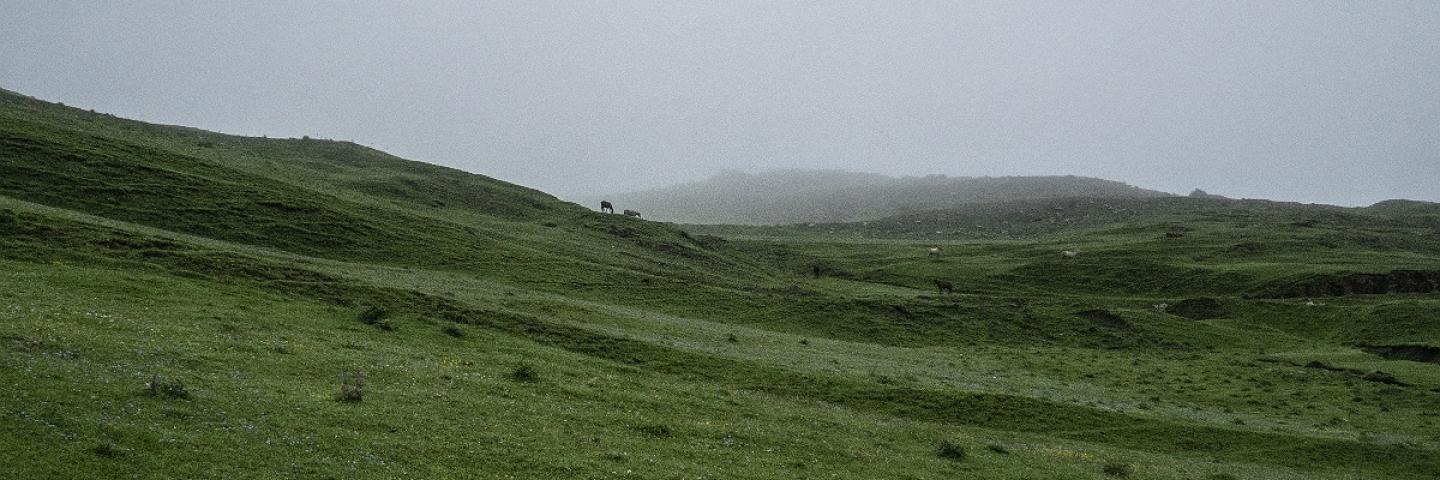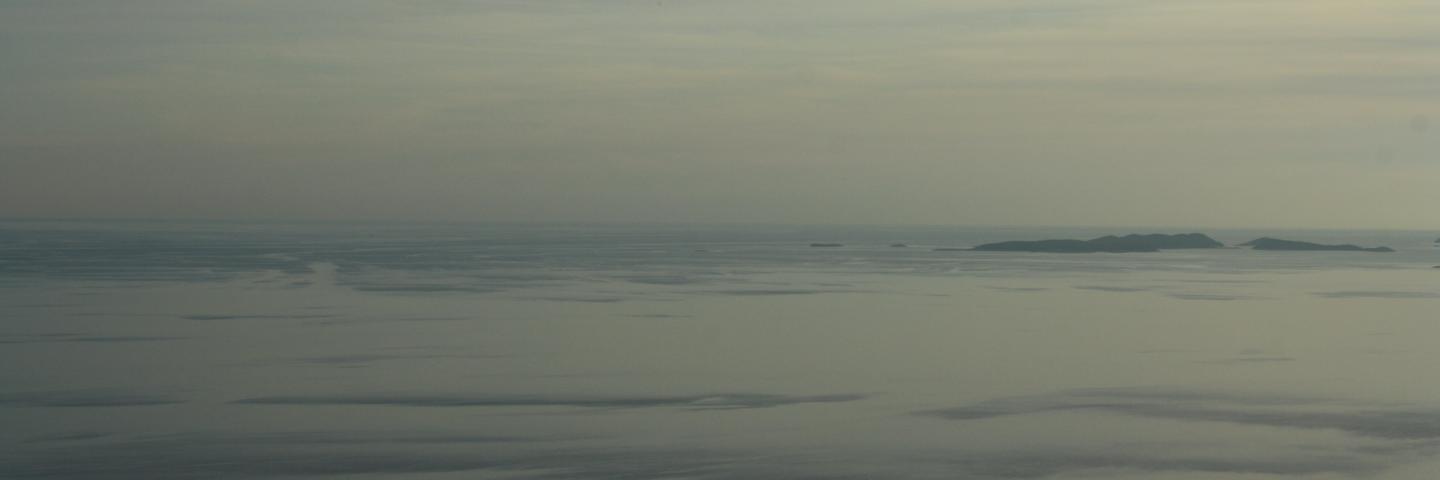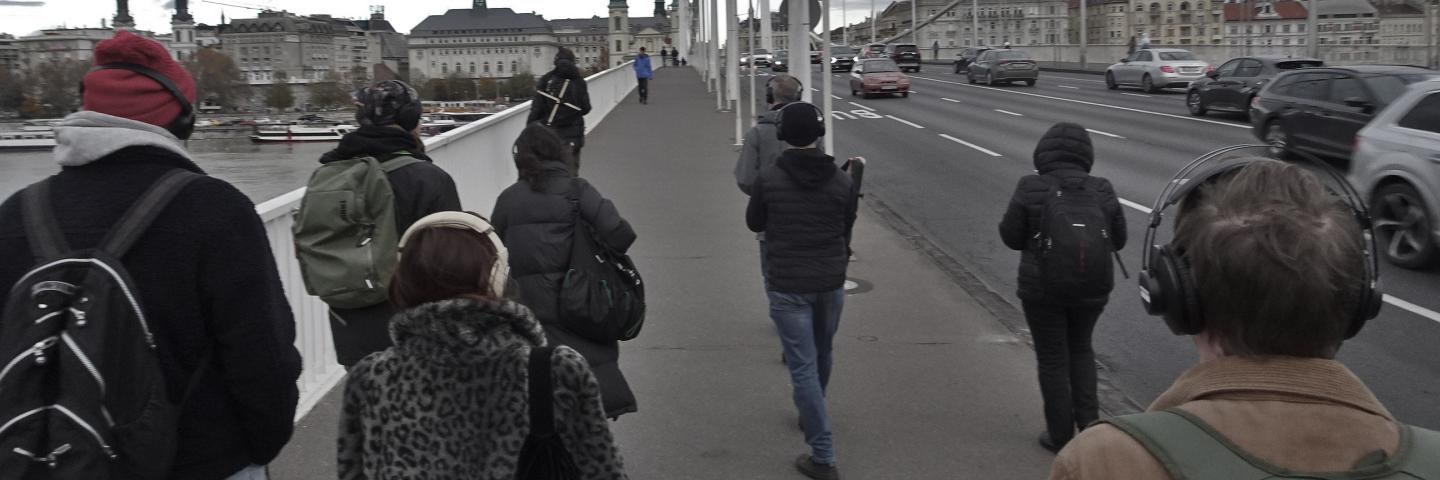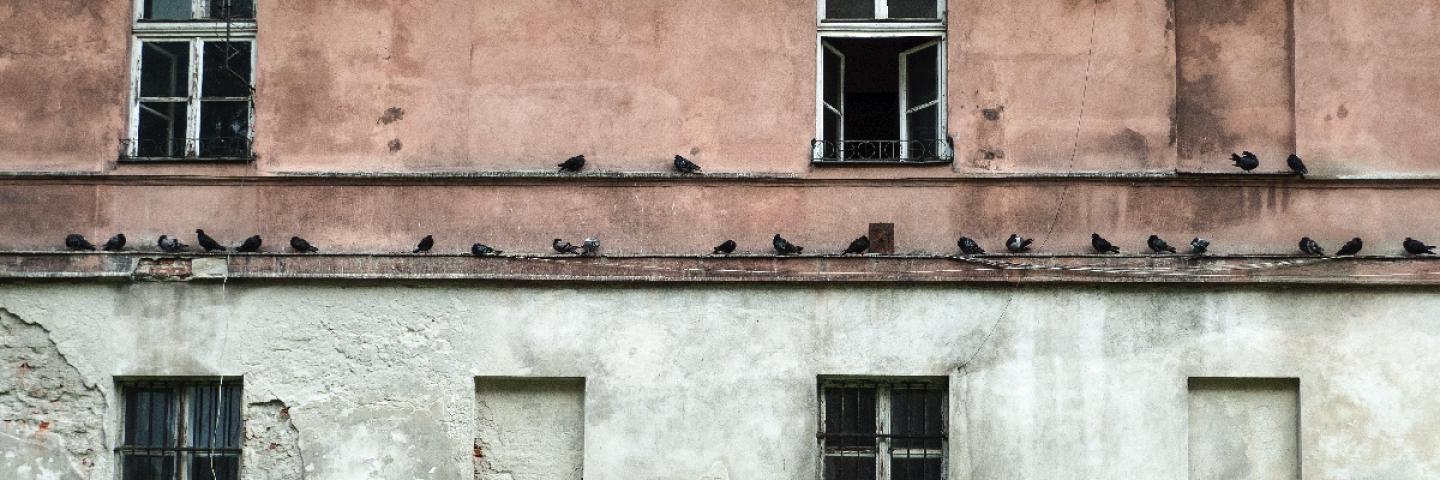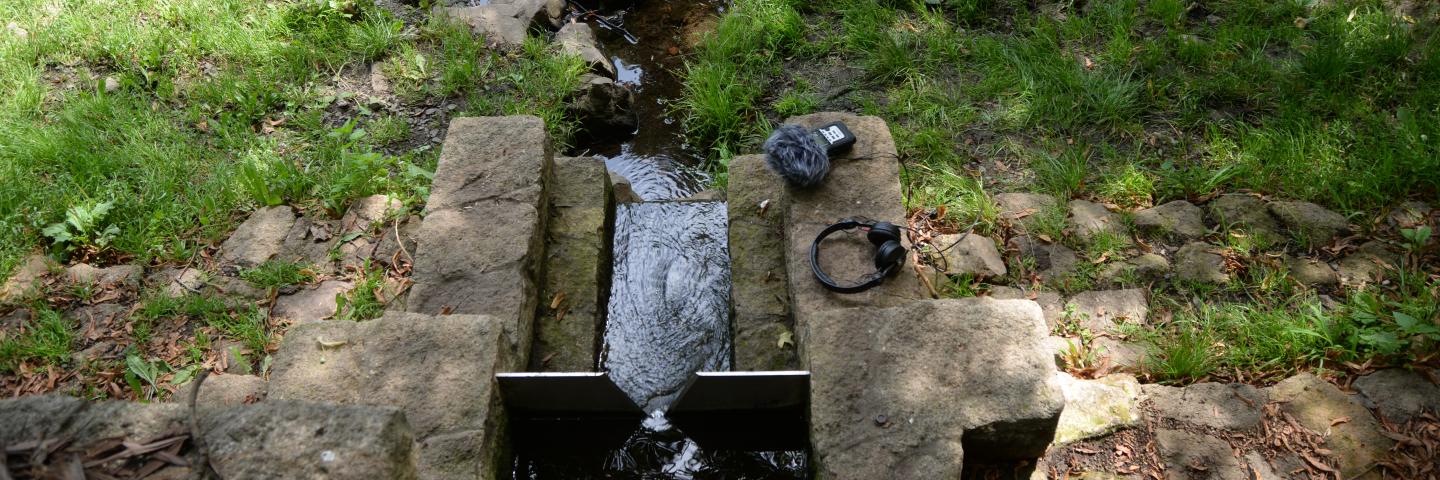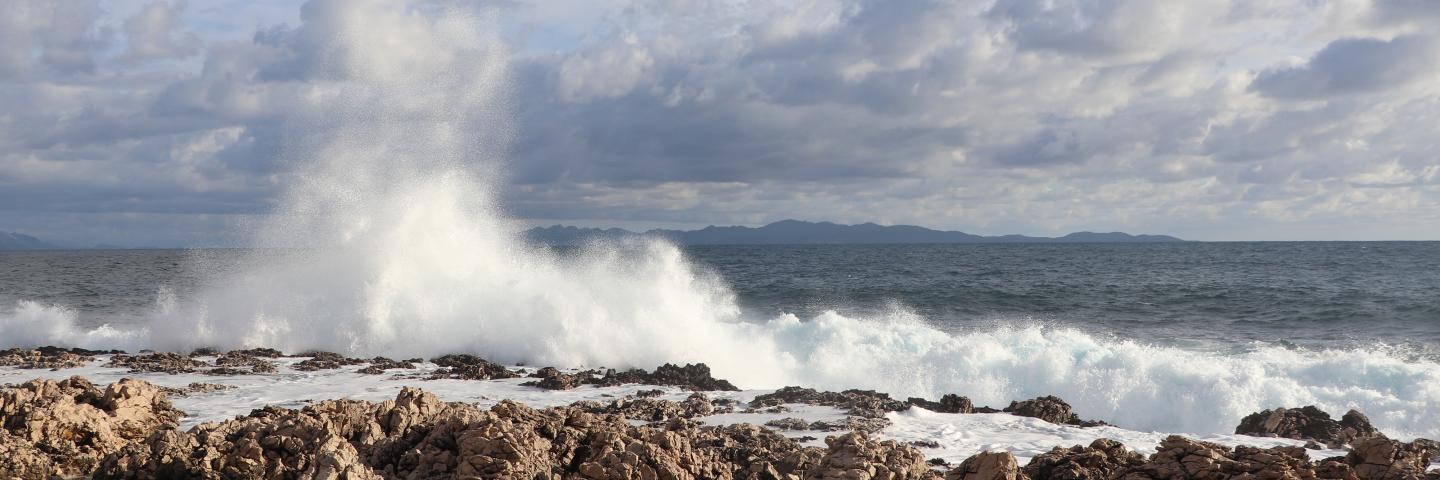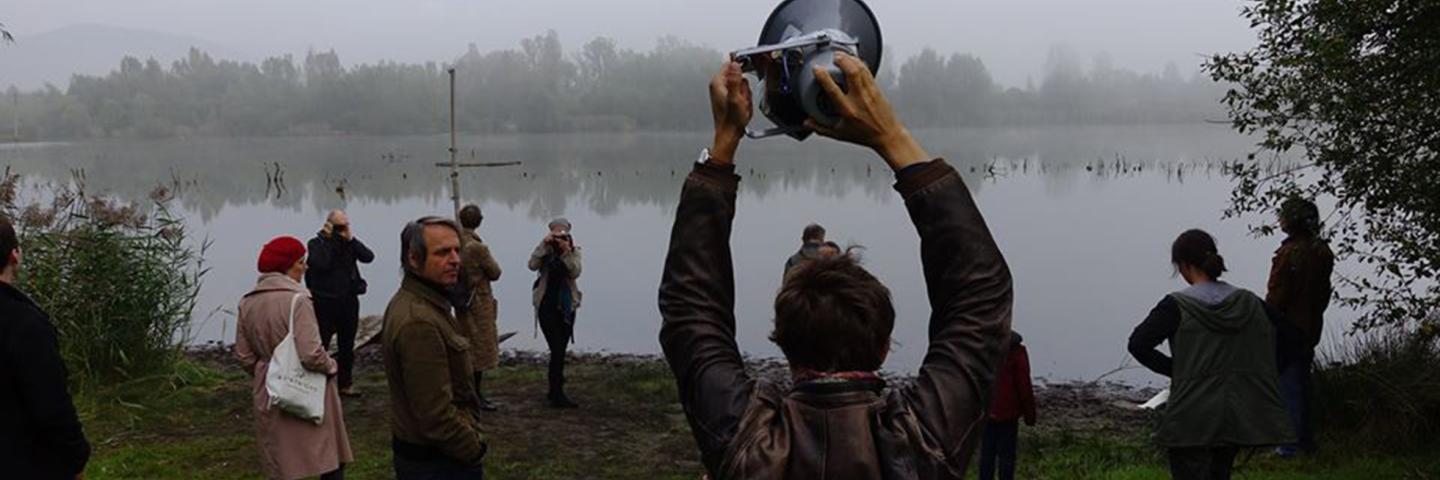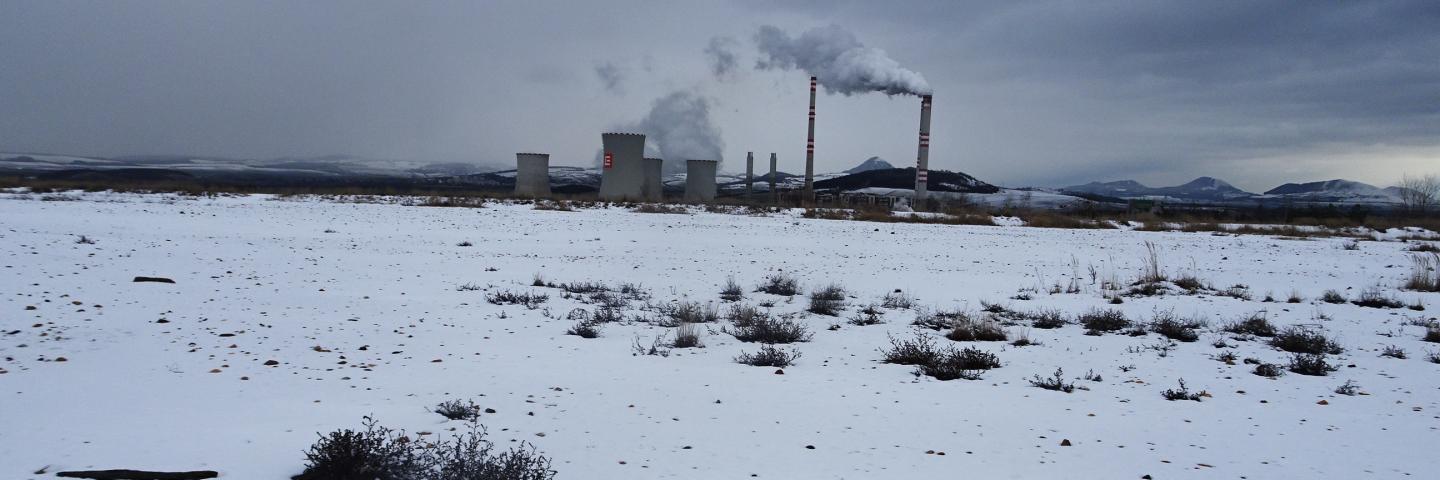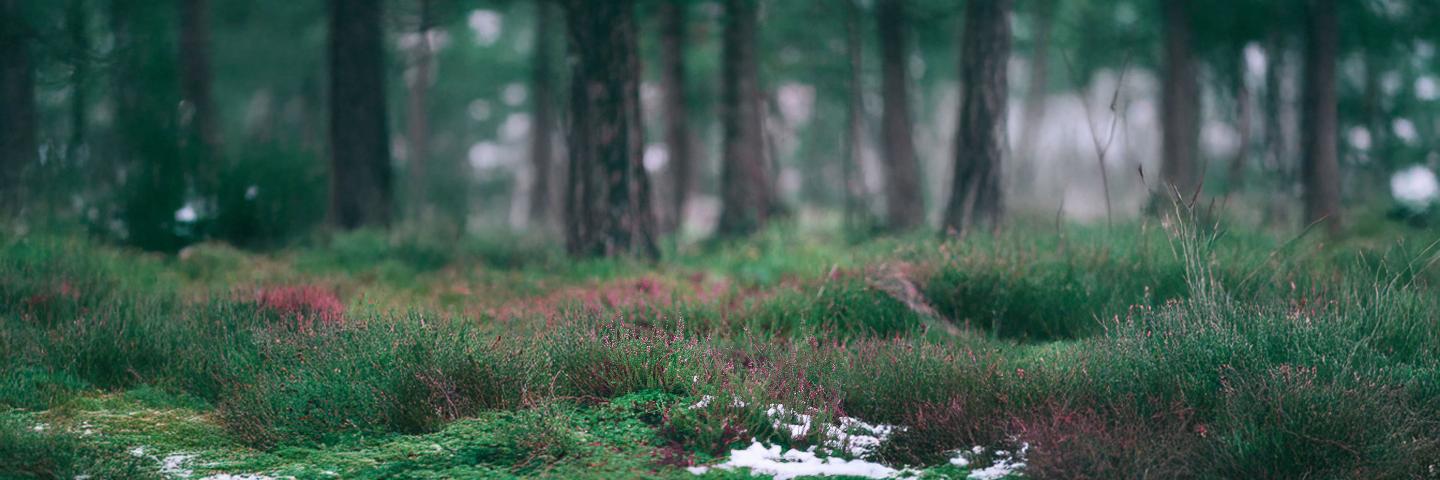Angus Carlyle
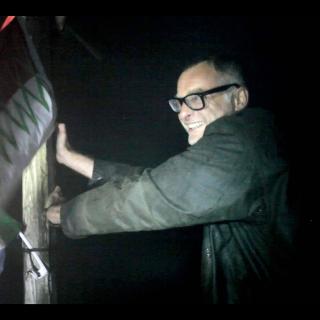
Angus Carlyle is a British researcher and teacher, working with other sound artists in the CRiSAP Research Centre. He teaches at the University of the Arts London where he was the Co-Director of CRiSAP (Creative Research into Sound Arts Practice) from 2005 - 2017. He is interested in landscape and in other things besides and curious about how we make sense of the environments we inhabit. Sound is an important part of that curiosity but Angus also works through text and image. He edited the book ‘Autumn Leaves’ for publishing house Double Entendre (2007) and co-curated the accompanying compilation, which won the Qwartz Prize for Electronic Music. He made the sound work ‘51° 32 ‚ 6.954” N / 0° 00 ‚ 47.0808” W’ for the ‘Sound Proof’ group show (2008), a work that responded to the redevelopment of London’s Lower Lea Valley in advance of the Olympics. This was an important juncture for him personally, in part because it confirmed his interest in working within the confines of relatively small areas of land, in part because it was his first substantial commission. As the culmination of a long-term multi-disciplinary research project, he co-curated the exhibition ‘Sound Escapes’ at Space Gallery in London (2009). Later he produced the CD ‘Some Memories of Bamboo’ for Gruenrekorder in 2009. He has primarily been working on ‘Air Pressure’ with anthropologist Rupert Cox and scientist Kozo Hiramatsu. In 2011, he produced ‘Noli Me Tangere’, a soundwalk for Brighton Museum and Art Gallery that tried to bring the objects in the museum into acoustic life and composed ‘Now Near Enough’ designed as an unobtrusive atmosphere to surround Edgar Martins’ photographic series ‘This Is Not A House’. In 2013 he was the editor (with Cathy Lane) of In the Field: The Art of Field Recording a collection of interviews with sound artists who use field recording in their work: "From its early origins wildlife sound and in ethnographic research, field recording has expanded over the last few decades into a diverse range of practices which explore and investigate aspects of the lived environment, from the microscopic to the panoramic, through the medium of recorded sound. These conversations explore the fundamental issues that underlie the development of field recording as the core of their activity. Recurring themes include early motivations, aesthetic preferences, the audible presence of the recordist and the nature of the field."
